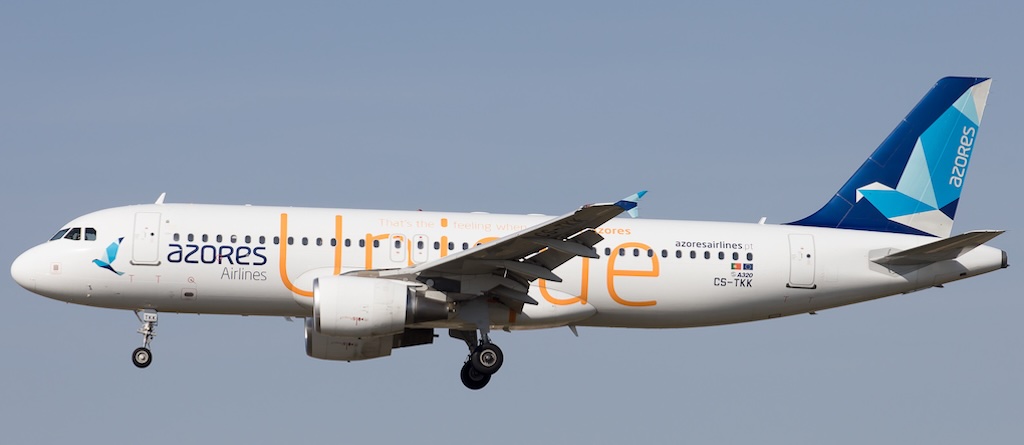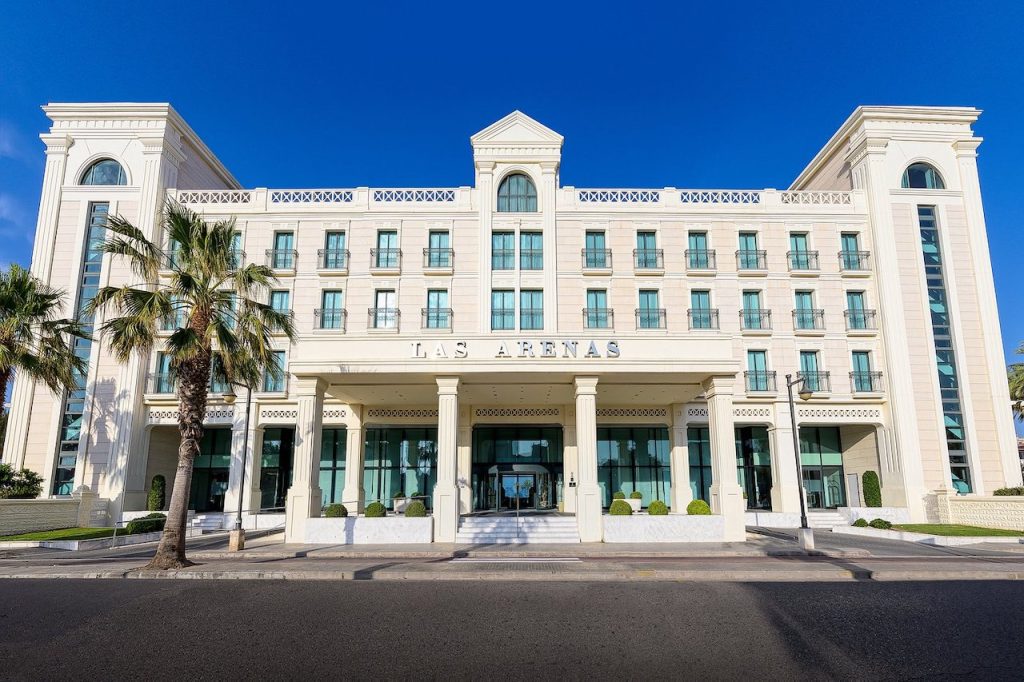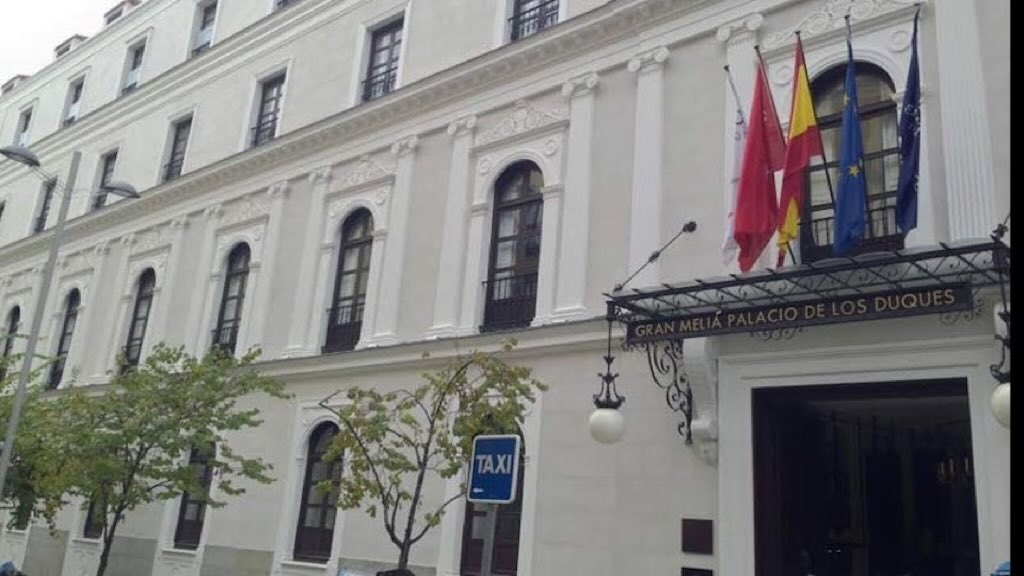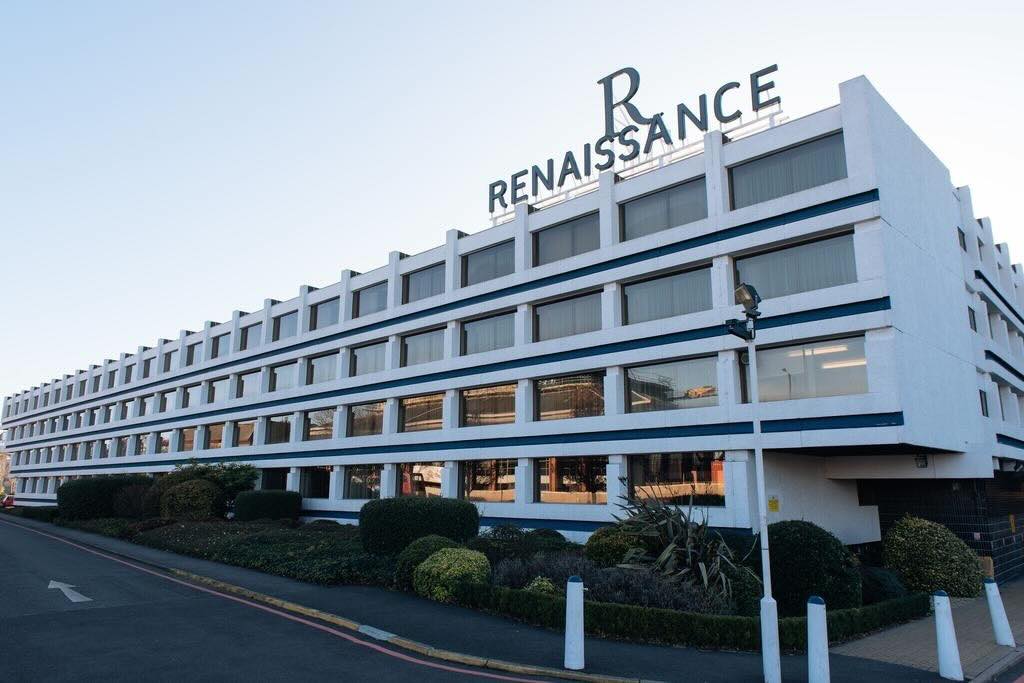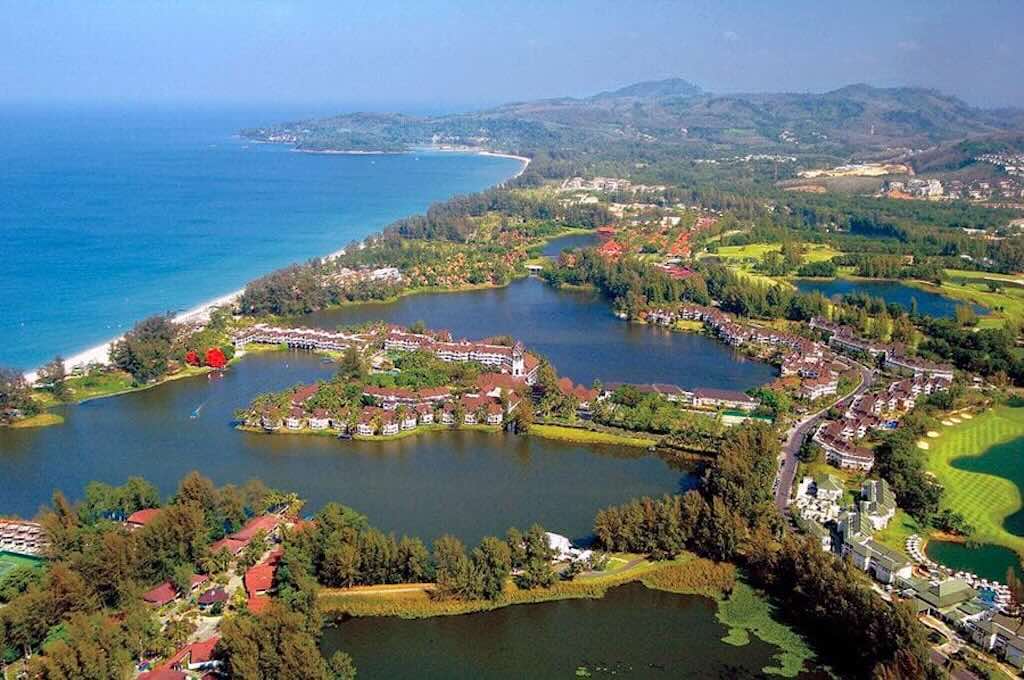Having decided to go whale watching in the Azores, I needed to get to the starting point in Horta on the island of Faial, and the only way to do that was to fly Azores Airlines from Lisbon in Portugal.
Horta Airport
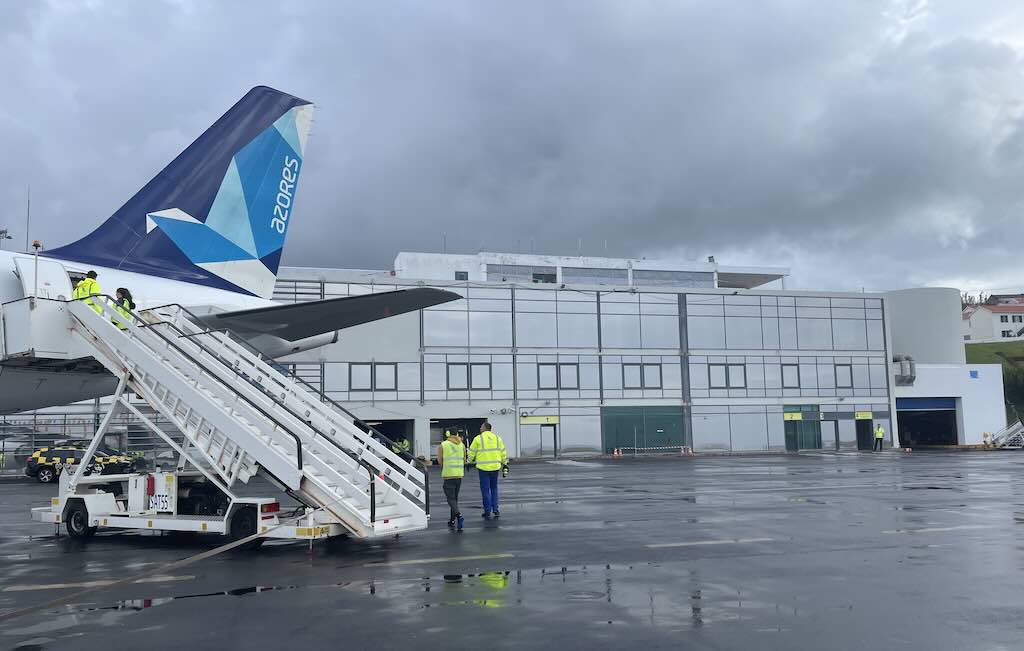
Horta Airport is the primary air gateway to Faial Island in the Azores, Portugal. Located in the parish of Castelo Branco, approximately 9.5 km from the city of Horta. The airport was inaugurated in 1971 and underwent significant renovations in 2001. Upon arrival in May 2025, we could see that the airport was undergoing another major renovation.
As of 2024, Horta Airport handled around 247,000 passengers annually, with approximately 4,500 aircraft movements per year. This equates to an average of about 8 flights per day, connecting Faial Island to other destinations within the Azores and Lisbon in mainland Portugal.
The Horta airport is managed by ANA – Aeroportos de Portugal, which oversees several airports in the Azores, including those in Ponta Delgado, Santa Maria, and Flores.
More generally SATA Air Açores is the primary airline operating inter-island flights across all nine Azorean islands. Flight durations range from 30 minutes to 1.5 hours, depending on the route. For instance, flights from Ponta Delgado (São Miguel) to Terceira, Pico, or Faial typically take about 50 minutes, while flights to Corvo can take up to 1.5 hours.
In addition Atlânticoline operates the primary ferry services between the Azores islands. Ferry routes and frequencies vary by season, with increased operations during the summer months (May to September) and reduced services in winter.
They appear to offer round trips from.-
- Terceira (Praia da Vitória)
- Terceira (Angra do Heroísmo)
- Graciosa (Vila da Praia)
- São Jorge (Velas)
- São Jorge (Calheta)
- Pico (São Roque)
- Pico (Madalena)
- Faial (Horta)
- Flores (Lajes)
- Flores (Santa Cruz)
- Corvo (Vila do Corvo).
For the best information on ferry services check out Atlânticoline or eventually directferries.
Flying Azores Airlines
As far as I know Azores Airlines is part of Grupo SATA (Sociedade Açoreana de Transportes Aéreos, S.A.) which owns:-
- Azores Airlines (10 aircraft)
- SATA – Air Açores (7 aircraft)
- SATA International.
I think Air Açores deals with inter-island flights within the Azores, leaving Azores Airlines to connects the Azores to Europe, North America, and Africa. I think SATA International may include SATA Gestão de Aeródromos, which manages several regional airports.
The group SATA is flying 17 aircraft, with one additional plane on order/planned (5 A320‘s, 5 A321‘s, and 7 De Havilland Canada DHC-8 Dash 8’s).
The primary hub is the Ponta Delgada João Paulo II (PDL / LPPD), on the island of São Miguel. It is the primary terminal for all Azores Airlines owned flights, and Lisbon (LIS) serves exclusively as a domestic Azores hub. However it is possible to fly with Azores Airlines from PDL year-round to Boston, New York JFK, and seasonally to Toronto and Montreal. It is also possible to fly year-around (again with Azoes Airlines) to Paris CDG, Milan Malpensa, Gran Canaria, Cape Verde (Praia), Funchal (Madeira), Porto, and seasonally to Frankfurt, Barcelona, Bilbao and Faro.
So it is possible to fly with Azores Airlines to all the above destination from Lisbon, but with a stop-over in Ponta Delgada. The long-haul flights use the A321 which is the stretched version of the A320, with an extended range. Azores Airlines also code-shares with, for example TAP, in Lisbon.
Sociedade Açoreana de Estudos Aéreos was create on. August 21, 1941, by five Azorean entrepreneurs aiming to connect the islands to the world. The first flight was on June 15, 1947, between São Miguel and Santa Maria islands using a Beechcraft UC-45B Expeditor.
S4151 Lisbon - Horta
The Azores Airlines flight from Lisbon to Horta (Faial) had an expected departure time of 07:45 (local time), but actually left the gate at 07:59 (local time), and took-off at 08:12 (local time). The total distance covered was 1,701 km, in a total time of 2 hours 21 minutes. We landed in Horta at 09:33 (local time), but were 8 minutes late at its parking position, remembering that the Azores are one-hour behind the time in Lisbon.
The average flight time from Horta to Lisbon is 2 hours and 19 minutes. The average flight distance is 1,697 km, and the average flight speed is 730 km/h.
One interesting feature of this particular route is that Lisbon Airport (LIS) has a latitude of 38°46′12″ N, and Horta Airport (HOR) a latitude of 38°31′49″ N. The difference of latitudes represents only 26.6 km, over around 1,700 km. So literally it was almost “take-off, fly west, and land”.
The aircraft was Airbus A320-214, registered CS-TKK (call sign RZO152), Manufacturer Serial Number (MSN) 2390, Configured C12Y149 (12 business and 149 economy seating), HEX Code 49516B (a unique 24-bit identifier, written in hexadecimal format, assigned to an aircraft by its national aviation authority and transmit automatically).
This aircraft was registered with SATA International until 2022, and was called Corvo W. The aircraft dates from March 2005, and first flew 15 February, with test registration F-WWII, before being registered at CS-TKK.
You may ask why a Portuguese registered plane does not have “PT”, like its internet country code (.pt). The reason is simple, it’s because aircraft registrations is due to international standards set by the International Civil Aviation Organization (ICAO) and the International Telecommunication Union (ITU). And Aircraft registrations are based on ITU radio call sign prefixes, and Portugal was assigned the CS–CZ range for call signs. CS, CR, and CT are used for civil aviation and amateur radio, so CS-nnn was chosen for aircraft. It’s true that France has “F-” and Germany “D-“, but for example the UK has “G-“.
As far as I know CS-TKK was leased until 2016 from AerCap, then from 2016-2018 from Apollo Aviation. It was then stored at Paderborn/Lippstadt until 12 December 2019 (or Casablanca Mohammed V International Airport depending upon sources). It was then leased from Carlyle Aviation Partners, and returned to service, before being stored in Tarbes/Lourdes between 16 Apr – 23 Jun 2020. Then is was leased to Azores Airlines and took the “Unique” livery in March 2022 (see feature photo). It then was stored (again) 7 Nov 2022 – 5 Jul 2023 in Shannon, after which it again returned to service.
On the previous day (12 May) it had flown two round trips from Ponta Delgada (PDL) to Porto (OPO), and finished with a Porto-Ponta Delgada-Lisbon, starting at 08:20 and finishing at 22:22.
On the day I travelled (13 May 2025), it flew only Lisbon-Horta-Lisbon, but on the 14 May it flew Lisbon-Pico(PIX)-Lisbon, with the following flight Lisbon-Horta being cancelled.
In fact, this type of aircraft (e.g. A320) is almost constantly in the air doing short-distant hops between Lisbon and the Azores. This aircraft flies about 3 times daily, for about 1.6 million km annually.
S4152 Horta - Lisbon
My return flight was on 19 May 2025, but it turned out to be a true tale of cancellations and re-cancellations.
The 19 May was not part of our trip, as a group we had to leave the hotel before 12:00, but we had included a transfer to the airport. Initially our flight was delay, but we did finally go to the airport, and check-in our bags.
The flight (same aircraft registered CS-TKK) was scheduled to leave Lisbon at 15:10, arrival at Horta 16:55. It actually departed from Lisbon at 18:10, after completing a morning round-trip to Pico (the island next to Faial). On the flight towards Horta it was directly diverted to Porta Delgada. It would appear that it left Porta Delgada at around 20:30 flew towards Horta, circled over the western edge of island of San Jorge, before flying back to Lisbon.
According to the airport’s official AIP documents, Horta provides RNAV (RNP-AR) instrument approaches, but does not list an ILS (Instrument Landing System). This means that aircraft cannot perform “autoland” landings there, and that pilots rely on non-precision RNAV or RNP approaches, suited for the visual minima conditions the runway supports. As far as a know the airport’s Minimum Descent Altitude (MDA), the lowest altitude a plane can descend to without runway visual contact, is close to the 400 m cloud cover on that evening. In any case landing with RNP-AR only, required airline/operator-specific authorisation. Understandably, this was not forthcoming.
We had to pickup a new boarding card for the next day, and recover our bags. We were told that the company could not provide hotels, since the three with which they worked were full. They provided the procedure for requesting reimbursement of a room (max. €80 per night), meal (max. €15) and breakfast (max. €7). They also provided two taxi vouchers.
On the 20 May, the early morning return flight Lisbon-Horta-Lisbon was cancelled. The flight S43153 (registration CS-TKQ) which should have left from Lisbon to Horta at 14:50, actually left at 16:46, landing at Horta at 18.02. We had to check-in again, and were actually seated in the plane when the flight was cancelled. No reason was given, however the pilot did say that he did not receive a landing slot in Lisbon. As far as I know there was no reason why the flight could not land in Lisbon, flights landing up to 23:30 are accepted, and the curfew is at 00:30. However, I think that there were also three other late evening flight cancelled, one from Barcelona, one from Paris (CDG), and one from Ponta Delgada. I think they may all have been scheduled to land after 22:00.
Again everyone had to pickup a new boarding card for the next day, and we received the same reimbursement procedures and vouchers. But we could not collect our checked-in bags. However, they also provided a coach into Horta and a pre-paid meal (max. €15) at a local restaurant.
On the 21 May the plane CS-TKQ was already programmed to depart from Horta at 17:25 (having made a return flight on the 20th and retuned to Horta on the morning of the 21st), but it actually left at 09:46, arriving in Lisbon at 13:04.
Where did I sleep?
As one might guess there was some confusion about finding a place to sleep. As a group, we had already “lost” our travel guide, our subject expert, and two of the group (early departures). So we were four individuals looking for accommodation, etc. Fortunately one of the our group (Cori) managed to associate with four Portuguese women (including one teenager) in a similar situation, and a local airport worker proposed a house in Horta, with four bedrooms (surprisingly at exactly €80 per person, per night). Not a perfect arrangement, but meeting the four Portuguese women made it all worthwhile. They were a joy to meet.
Naturally we booked in to the house for the first night, but fortunately were able to re-book for the second night as well.
Passenger Restraining Device
Sitting in D1 I saw on my recent flight to the Azores on a A320 the sign on the front stowage compartment “Passenger Restraining Device“. I can’t remember see this before, and the same compartment also held a “baby bassinet” and “manuals box”.
My mind immediately turned to disruptive passengers, or possibly medical emergencies. But the presence of a baby bassinet, should have told me it had to do with babies or small children. In fact the bassinet actually fixes to the wall in front of seats E1 and F1.
It would appear that on the A320 (and, I presume, in other aircraft), airlines carry a harness-style restraint system. These systems, commonly known as CARES (Child Aviation Restraint Systems), are certified harnesses for young children, fitting over the torso and used with the existing seat belt. Cabin crew use the restraint in cases where a child under ~22 kg (typically 1–4 years old) has a seat but requires a safety harness beyond the standard lap belt. They are specifically designed for aircraft use, covering taxi, take-off, landing, and turbulent conditions.
It’s also true that under the Tokyo Convention, cabin crew have limited authority to physically restrain a passenger who threatens the safety or security of the aircraft. However, such use-of-force devices aren’t typically kept in standard compartments, and are not labelled.
And some paper manuals are still obligatory on airplanes. For example, an onboard Aircraft Flight Manual (AFM) is legally required by all civil aviation authorities (e.g. EASA, FAA). They can be digital if the operator has approved Electronic Flight Bag (EFB) systems. If not, then paper AFM must be onboard. And many airlines still carry a paper Quick Reference Handbook (QRH) as a redundant backup even when using digital EFBs. Finally crews must have access to Emergency and Safety Equipment Instructions, and paper versions often still exist, especially in galleys or near crew seats.
